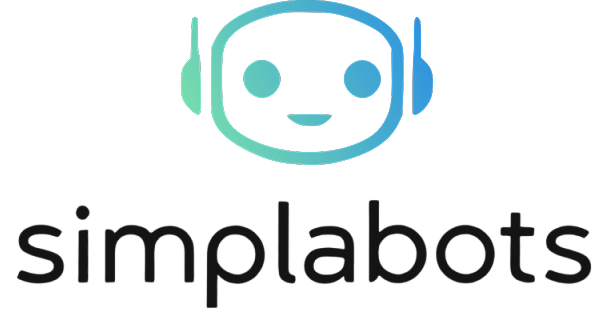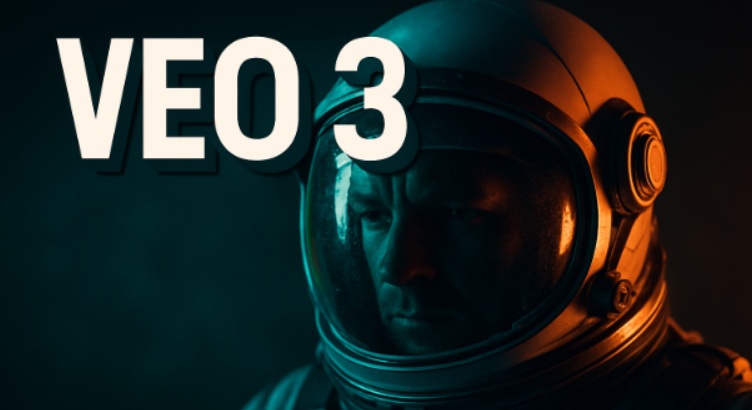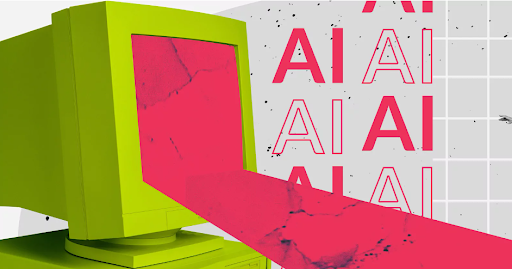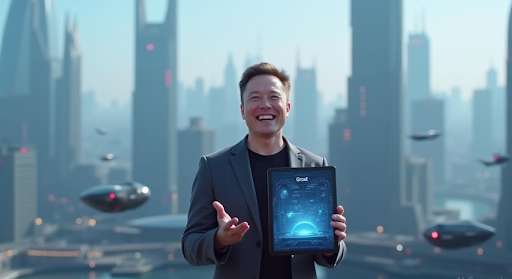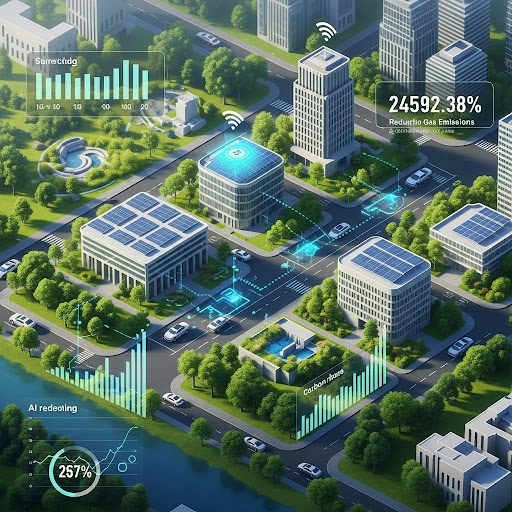The narrative around Artificial Intelligence (AI) at Microsoft has taken a sharper turn, revealing a stark contrast between impressive financial gains and significant workforce reductions. While the company celebrates over $500 million in annual savings thanks to AI, particularly in its call centers, these figures emerge just weeks after Microsoft laid off over 9,000 workers, bringing the total number of affected employees this year to around 15,000.
Judson Althoff, Microsoft’s chief commercial officer, highlighted during a recent presentation that AI tools are boosting productivity across sales, customer service, and software engineering. He specifically noted the $500 million in savings from call center operations alone. However, these internal remarks may strike a “tone deaf” note for the thousands of employees who have lost their jobs during a period of record profitability for Microsoft. The company closed its first quarter with $26 billion in profit and $70 billion in revenue, with its market capitalization surging to approximately $3.74 trillion.
The situation is further complicated by a now-deleted LinkedIn post from Xbox Game Studios’ producer Matt Turnbull, who suggested that workers “overwhelmed” by the layoffs could find support through AI tools like ChatGPT and Copilot. This advice, offered amidst job cuts in the Xbox division, sparked controversy and highlighted the sensitivity surrounding AI’s impact on employment.
While it’s not definitively clear if the recent layoffs are a direct result of AI replacing roles or a “post-pandemic right-sizing,” the timing of these workforce adjustments during a period of such strong financial performance creates a challenging dynamic. Microsoft has openly stated its intention to channel much of its profit into AI, with a planned $80 billion investment in AI infrastructure across 2025. This suggests a strategic shift towards investing heavily in top AI researchers and technology, potentially at the expense of other employee roles.
This unfolding situation at Microsoft serves as a powerful case study in the ongoing discussion about the future of work in an AI-driven world.
